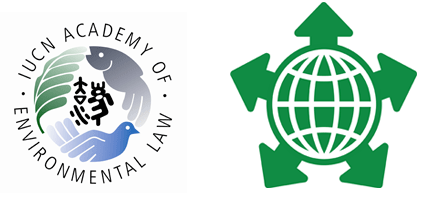Location
Room 302
Start Date
2-7-2012 1:30 PM
End Date
2-7-2012 2:50 PM
Description
In July 2010 the UN General Assembly for the first time recognised a right to sanitation and declared the right to safe and clean drinking water and sanitation as a human right that is essential for the full enjoyment of life and all human rights.[1] This is an important development in the global recognition of the right to sanitation, in view of the fact that worldwide more than 2.6 billion people do not have access to basic sanitation.[2] In addition, a handful of states have also recognised the right of sanitation in their respective Constitutions, either expressly, inclusive of the right to water or inclusive of another right such as the right to housing or the right to life. These developments are all part of the global emergence of a rights based approach to sanitation. Whilst the UN resolution calls on governments to undertake a number of obligations vis-à-vis this right, determining the legal content and consequences of the right in international and domestic law still requires substantial effort.
This paper investigates the emergence of this relatively new right in international and domestic law and interrogates some of the evolving trends, including the development of a rights based approach around sanitation, its connection to the right to water and its structuring as a socio-economic right. It problematises the noticeable absence of environmental requirements, such as integrated water resource management in the predominantly socio-economic approach to this right. It finally concludes that a pure socio-economic approach is not environmentally sustainably and that no state can guarantee the right to sanitation if it does not also take some form of legal responsibility for ensuring the sustainable management of its water resources.
[1] The human right to water and sanitation UN General Assembly A/64/L.63/Rev.1, 26 July 2010 (hereafter UN Resolution).
[2] Ibid at 2.
Presentation
Included in
The Emerging Right to Sanitation: A Socio-Economic or Environmental Right?
Room 302
In July 2010 the UN General Assembly for the first time recognised a right to sanitation and declared the right to safe and clean drinking water and sanitation as a human right that is essential for the full enjoyment of life and all human rights.[1] This is an important development in the global recognition of the right to sanitation, in view of the fact that worldwide more than 2.6 billion people do not have access to basic sanitation.[2] In addition, a handful of states have also recognised the right of sanitation in their respective Constitutions, either expressly, inclusive of the right to water or inclusive of another right such as the right to housing or the right to life. These developments are all part of the global emergence of a rights based approach to sanitation. Whilst the UN resolution calls on governments to undertake a number of obligations vis-à-vis this right, determining the legal content and consequences of the right in international and domestic law still requires substantial effort.
This paper investigates the emergence of this relatively new right in international and domestic law and interrogates some of the evolving trends, including the development of a rights based approach around sanitation, its connection to the right to water and its structuring as a socio-economic right. It problematises the noticeable absence of environmental requirements, such as integrated water resource management in the predominantly socio-economic approach to this right. It finally concludes that a pure socio-economic approach is not environmentally sustainably and that no state can guarantee the right to sanitation if it does not also take some form of legal responsibility for ensuring the sustainable management of its water resources.
[1] The human right to water and sanitation UN General Assembly A/64/L.63/Rev.1, 26 July 2010 (hereafter UN Resolution).
[2] Ibid at 2.

